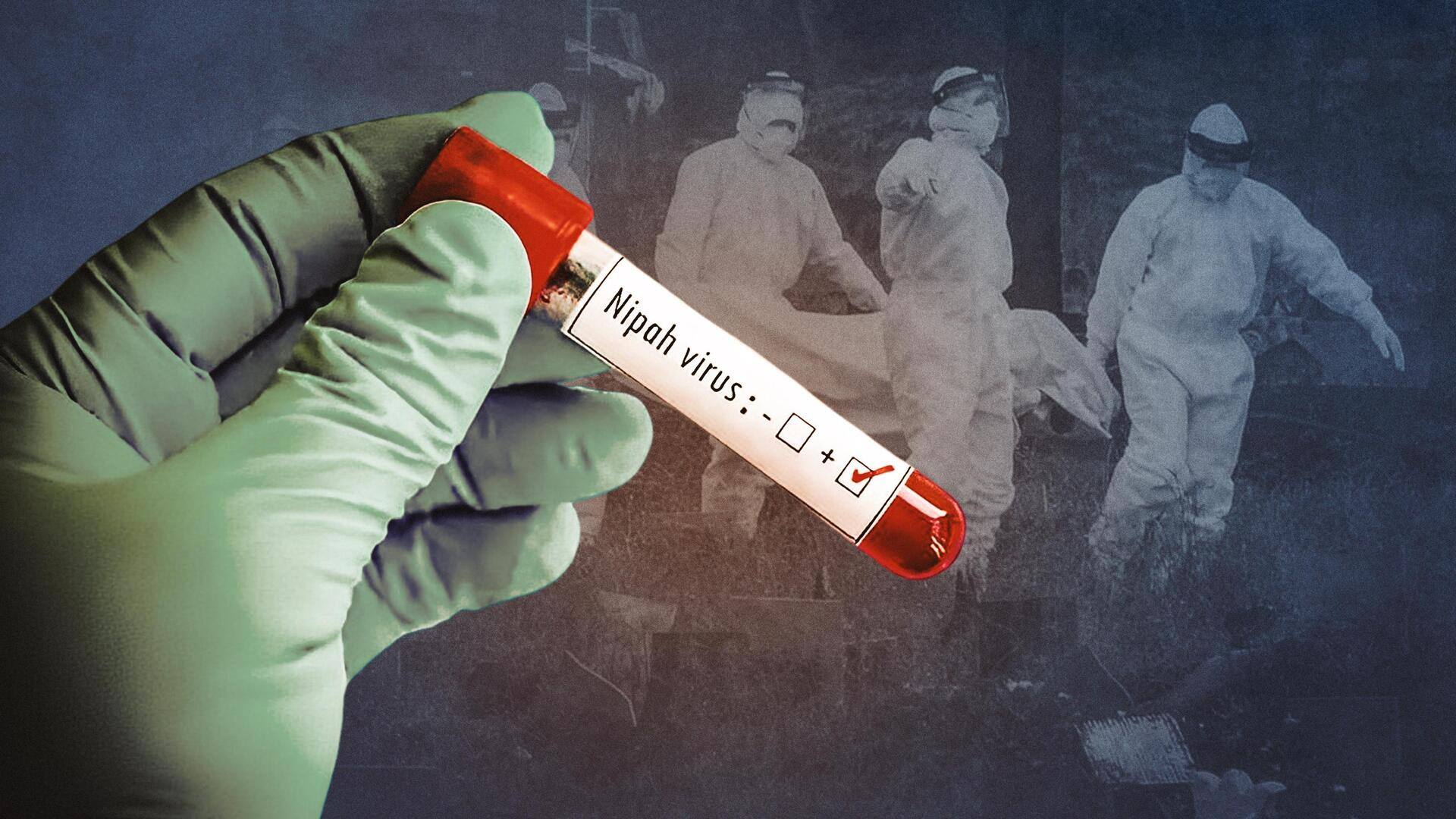
Nipah in Kerala: Fifth case detected, 700 on contact list
What's the story
A 24-year-old health worker in Kerala's Kozhikode was diagnosed with the Nipah virus, taking the total number of infections in the state to five. As many as 706 people are on the contact list, with 77 in the high-risk category and 153 being health workers. The government has advised high-risk contacts to remain inside their homes, while 13 people are currently in the hospital under observation with mild symptoms like headaches. Currently, nobody in the high-risk category is exhibiting symptoms.
Context
Why does this story matter?
An alert was sounded in Kerala earlier this week following two deaths due to the Nipah virus (NiV). This is the third instance of a NiV outbreak in the state, especially in Kozhikode, which earlier saw cases in 2018 and 2021. Notably, the first known NiV case in South India was reported during the 2018 outbreak in Kozhikode, which claimed 17 lives.
Insights
Monoclonal antibody ordered for 9-year-old
Public gatherings for festivals or social functions have been restricted in Kozhikode. Stores selling essential items in Vadakara are allowed to operate from 7:00am to 5:00pm but no time restriction has been imposed on pharmacies and health centers. Moreover, the state government has ordered a monoclonal antibody from the Indian Council of Medical Research (ICMR) to treat a nine-year-old boy who is suffering from NiV and is on ventilator support.
What Next?
9 panchayats declared containment zones
State health minister Veena George said 58 wards across nine panchayats in Kozhikode's Vadakara block have been declared containment zones. The Kerala government has formed 19 core committees to coordinate efforts to limit the spread of the virus. Volunteer teams have also been set up to help deliver essential items to those in isolation. Furthermore, state Education Minister V Sivankutty has ordered online classes to be organized for students in the containment zones.
Details
Understanding the deadly Nipah virus
The Nipah virus is a zoonotic virus that can be transmitted to humans from animals, contaminated food, or directly from person to person. The current strain affecting people is a Bangladeshi variant, which is reportedly less infectious but has a high mortality rate. Initial symptoms include fever, headaches, muscle pain, vomiting, and a sore throat. These can be followed by dizziness, drowsiness, altered consciousness, and neurological signs indicative of acute encephalitis. The case fatality rate is between 40% and 75%.